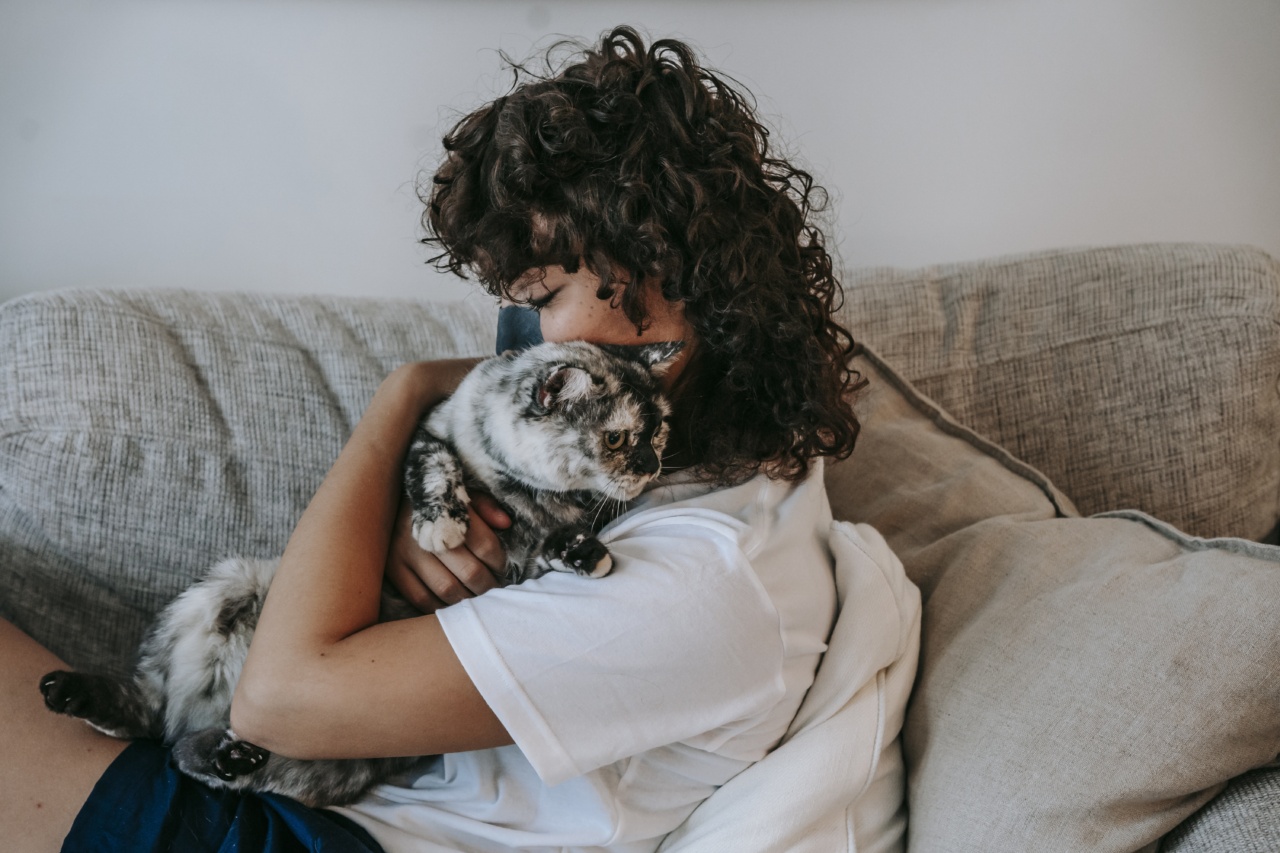Lazy eye, or amblyopia, is a common condition that affects about 3% of children. It occurs when one eye is weaker than the other, and the brain relies more on the stronger eye for vision.
As a result, the weaker eye becomes “lazy” and vision does not develop as well as it should. If left untreated, lazy eye can cause permanent vision loss. However, if detected early, it can be treated effectively.
Causes of Lazy Eye
Lazy eye can be caused by a variety of factors, including:.
- Strabismus, or crossed eyes, where one eye turns inward or outward
- Refractive errors, such as nearsightedness, farsightedness, or astigmatism, that are not corrected
- Eye conditions, such as cataracts, that interfere with vision
- Vision problems that affect only one eye, such as a droopy eyelid or a blocked tear duct
In some cases, lazy eye can be a result of a combination of these factors.
Symptoms of Lazy Eye
The most common symptom of lazy eye is poor vision in one eye compared to the other. Other symptoms may include:.
- Squinting or closing one eye
- Tilting the head to one side
- Poor depth perception
- Difficulty seeing in 3D
If you notice any of these symptoms in your child, it is important to schedule an appointment with an eye doctor.
Diagnosis of Lazy Eye
An eye doctor can diagnose lazy eye during a comprehensive eye exam. The doctor will check visual acuity in each eye and may perform additional tests, such as:.
- Refraction test to determine the degree of refractive error
- Cover test to check for strabismus
- Pupil dilation to examine the eye’s structures
If a diagnosis of lazy eye is made, the doctor may refer your child to a pediatric ophthalmologist or orthoptist, who can provide further evaluation and treatment.
Treatment for Lazy Eye
The goal of treatment for lazy eye is to improve vision in the weaker eye and encourage the brain to use both eyes together. The earlier treatment is started, the better the chance of success. Treatment may include:.
- Patching: covering the stronger eye with a patch for several hours a day to force the weaker eye to work harder
- Atropine drops: using drops in the stronger eye to blur vision and encourage the weaker eye to work harder
- Vision therapy: exercises and games designed to enhance eye coordination and strengthen visual processing skills
- Glasses or contact lenses: correcting refractive errors to improve visual acuity and balance vision between the eyes
- Surgery: for strabismus or other eye conditions that are causing the lazy eye
The type of treatment recommended will depend on the underlying cause of the lazy eye and the severity of the condition.
Prevention of Lazy Eye
Lazy eye can often be prevented by early detection and treatment of underlying vision problems. It is recommended that children have their first eye exam by age 6 months, followed by regular exams throughout childhood.
If a child is diagnosed with a vision problem, it is important to follow through with treatment to prevent lazy eye from developing.
Conclusion
Lazy eye is a common vision problem that can lead to permanent vision loss if left untreated. However, with early detection and treatment, it can be effectively managed.
If you suspect your child may have lazy eye, schedule an appointment with an eye doctor for a comprehensive eye exam.


























